Silver jewelry care

Once upon a time, silver was valued much higher than gold, and jewelry made of it was subject only to aristocrats. Times and priorities changed, silver darkened while golden rings continued to shine with sunshine. So, the fashion for this metal began to fade, because the care of silver items was still unknown at that time.

Why does silver darken and tarnish?
During production, silver can have several types of samples. As a rule, the highest 925 standard is used for jewelry, leaving the rest of the combinations for making cutlery or inexpensive accessories. 100% material is not used by jewelers, as it has excessive plasticity. However, every silver alloy, despite the amount of precious metal in the composition, darkens.
The main reasons for darkening of the metal:
- sweat;
- product sample;
- air humidity;
- the use of certain creams;
- the use of certain medications.

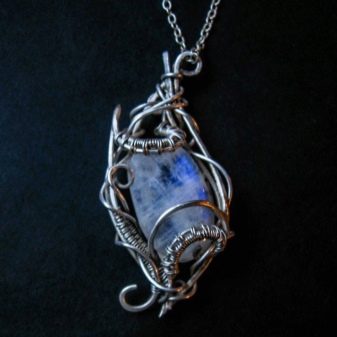
The reason for darkening lies in silver itself, because it, like any metal, is prone to entering into various chemical reactions. In this case, upon direct contact with the body, the silver jewelry begins to interact with sulfur, which can be found in sweat. Depending on the hormonal background of a person, the amount of this substance may vary, and therefore the product may darken faster or slower. It should be noted that the side of the pendant lying on the body is not always the first to darken, because any reaction needs oxygen.
The sample of the product also plays an important role in the speed of darkening. A small amount of silver in the composition is a clear reason for the rapid dullness of the product. It should be noted that even the 925th test is capable of darkening, because rhodium is used as a coating. This layer provides a great appearance to the product, but cracks quickly when heated and humid. In order to maintain a bright appearance for as long as possible, it is important to remove jewelry when starting cleaning while in the bathroom or sauna.
However, even if all the recommendations are followed, it is almost impossible to keep the silver intact. Sooner or later it will have to be cleaned, and therefore it is important to find out the safest and most effective methods.
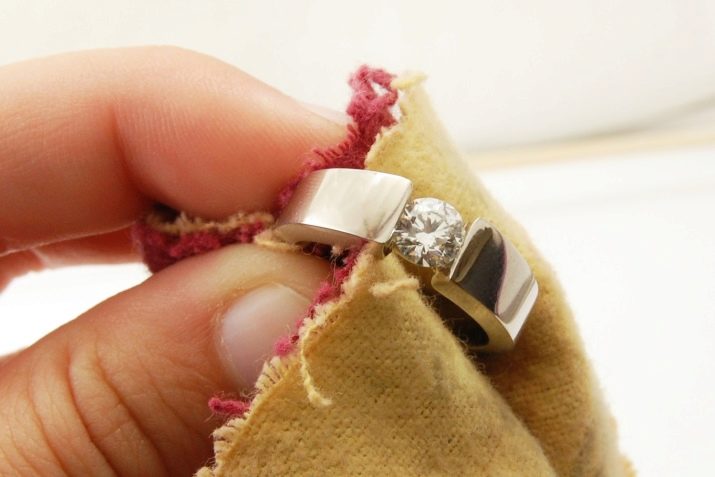
Cleaning methods
A silver piece is very capricious, and therefore it is important to prepare it for special cleaning procedures at home. So, you need to make a solution of warm soapy water and soak the silver for two hours. After such a procedure, it is important to remove the main dirt with a soft brush or sponge. Perhaps this procedure alone will be sufficient.
If the gentle method using laundry soap is powerless, it is important to go a little further, cleaning the product with ammonia 10% alcohol. With it, you can quickly (within 15 minutes) clean any product.
After such a short soak, the silver is rinsed with water and dried thoroughly with a soft cloth. It is worth noting here that drying should take place after each procedure, because leaving silver wet is fraught with stains.


And if the option with pure ammonia requires a well-ventilated room or even a balcony because of the pungent smell, then the next cleaning cocktail is more pleasant.
Its components:
- 250 ml of cold water;
- 1 tablespoon of ammonia;
- a few drops of hydrogen sulfide;
- some baby shampoo.
All products, be it silver earrings or bracelets, are placed in the prepared mixture and soaked. The residence time of silver in solution should not exceed 1 hour. With light dirt, the result can be seen after 15 minutes. The home cleansing procedure ends by rinsing the jewelry in water and drying with a soft cloth.
A silver ring and other jewelry without stones effectively cleans the gruel from tooth powder and ammonia.
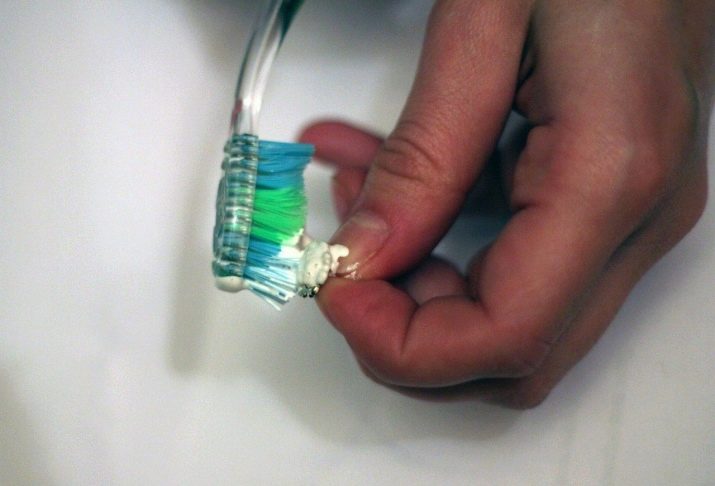
In the absence of powder for cleaning teeth, you can replace it with crushed chalk. The composition is applied with a cotton pad or swab and wait for the mass to dry completely. Later, the remnants of the product are removed with a dry microfiber cloth, the jewelry is rinsed and wiped dry.
These cleaning methods are quite simple, but the ingredients are far from always found in the house. Therefore, we will present several products that are certainly on the kitchen shelves.
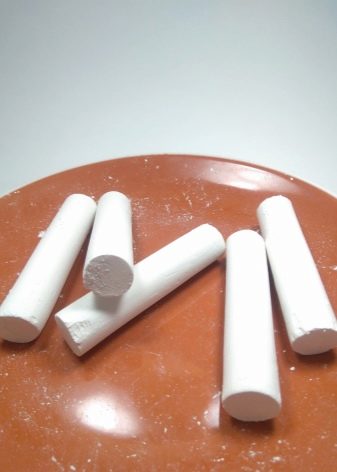

Effective and simple home silver cleaners:
- vinegar 6%;
- baking soda;
- Coca Cola;
- tomato ketchup;
- egg yolk;
- salt;
- lipstick.
For thorough cleansing, the vinegar is slightly warmed up, and then applied to a soft cloth. If 100 ml of vinegar is mixed with 50 g of water, the product will noticeably brighten and shine after two hours of soaking in the solution.
Ways with drinks and food are especially interesting and original. So, if you boil silver for 5 minutes in a saucepan with Coca-Cola, you can be surprised to the core of the wonderful result. The latter can be achieved with regular ketchup. 10-15 minutes of being in it will help restore its former shine.
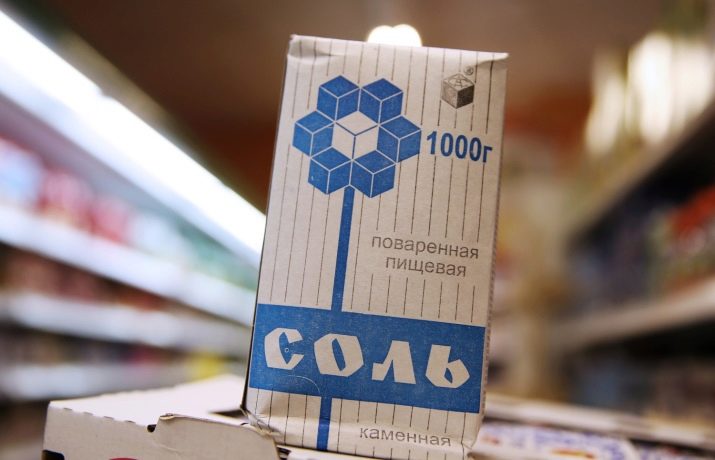
Egg yolk is another excellent remedy that not only cleans well, but also prevents blackening of silver. The yolk is applied to the surface, dried and washed off. The film remaining after such a "mask" protects well from dirt.
Lipstick is a modern way to fight blackness on silver. Cosmetics of any shade are applied to the product and wiped well with a cloth. It is worth remembering that balms and hygienic lipsticks do not have such properties.
Folk proven cleaning products:
- bring the eggshells from raw eggs to a boil in 500 ml of water, dip the silver in the broth, pull out after a couple of minutes and dry well;
- arrange the tarnished product in yogurt;
- citric acid and water in a ratio of 1: 7 is placed in a water bath with copper wire and silver jewelry directly at the bottom. The procedure takes half an hour.
There are a lot of procedures for removing plaque and dullness, but the possibility of their use is limited to simple products without the presence of precious and semiprecious stones.
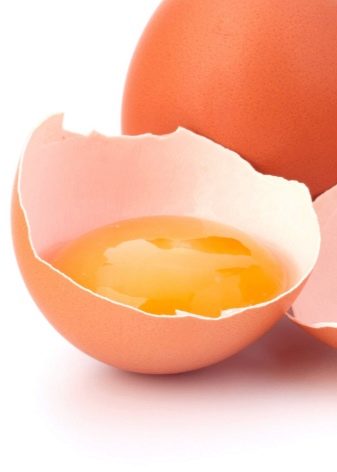
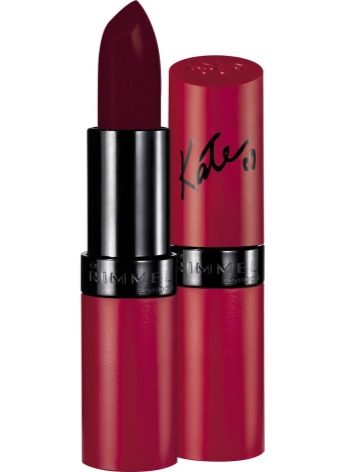
We wash jewelry with a stone
When stones are part of silver jewelry, it always looks luxurious and stately. However, cleaning products becomes much more difficult.
List of stones that easily tolerate any kind of cleaning:
- aquamarines;
- emeralds;
- sapphires.
Having a high density, they are not afraid of various substances, however, if the stones are fastened not with paws, but with glue, then the products should not be soaked and boiled.
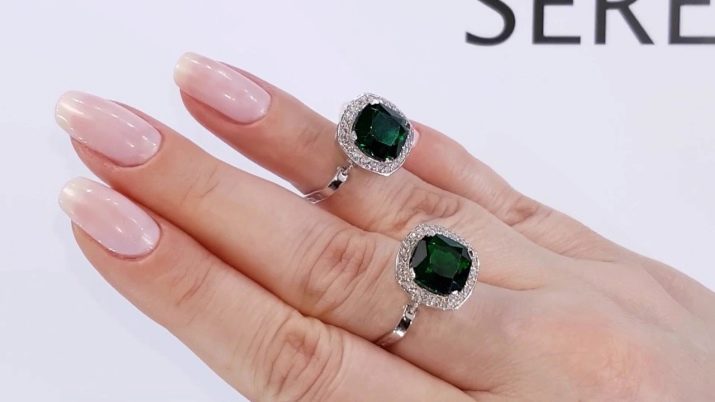
List of stones subject to mechanical damage:
- turquoise;
- Moonstone;
- malachite;
- opal.
Cleaning with the highest soft, powdery textured brushes is not recommended for such jewelry. Scratches that appear after such procedures will hopelessly ruin the product.

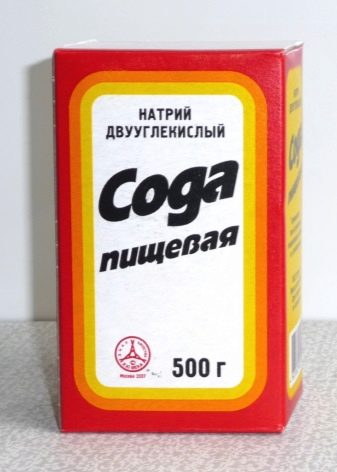
Stones that are afraid of high temperatures:
- Garnet;
- ruby;
- topaz.
The color of the stones may change, and therefore it is prohibited to remove plaque by boiling.

Stones requiring the most delicate cleaning:
- coral;
- pearl;
- amber.
Home cleaning is contraindicated for such products, and therefore it is better to entrust the solution to the problem to professionals.
A gentle method for experimenters at home can be considered a solution with grated laundry soap and a few drops of ammonia. The mixture begins to boil, and then it is cooled and the product is wiped with a soft brush, using a cotton swab for the area around the stone.
It should be noted that silver-plated items can also be cleaned using a similar method.
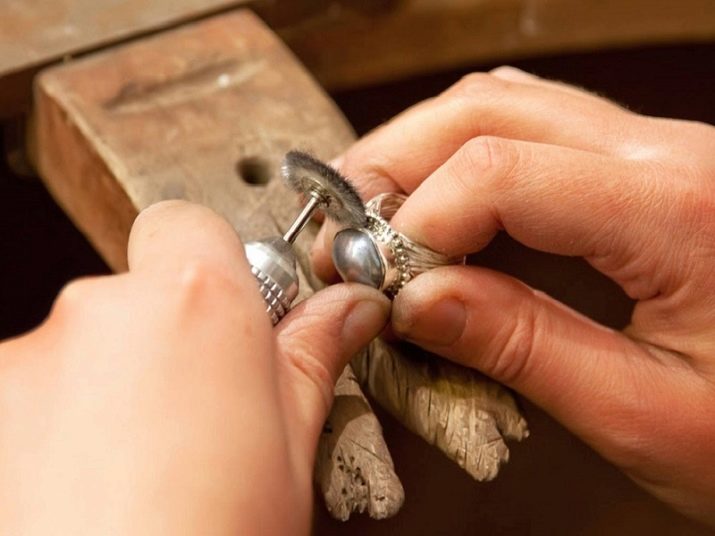
Product care rules
Knowing a few simple truths, you can extend the life of silver jewelry, invariably enjoying their brilliance.
Situations when silver needs to be removed from the body:
- physical exercise;
- excessive humidity in the room;
- cleaning;
- taking a shower and a bath.
Compliance with such simple recommendations will prolong the shine of silver and protect it from complex contamination. It is the stains that cause the use of aggressive agents and damage to products. Surprisingly, when implementing preventive methods, silver jewelry is almost always effectively cleaned with an ordinary soap solution with three drops of ammonia.
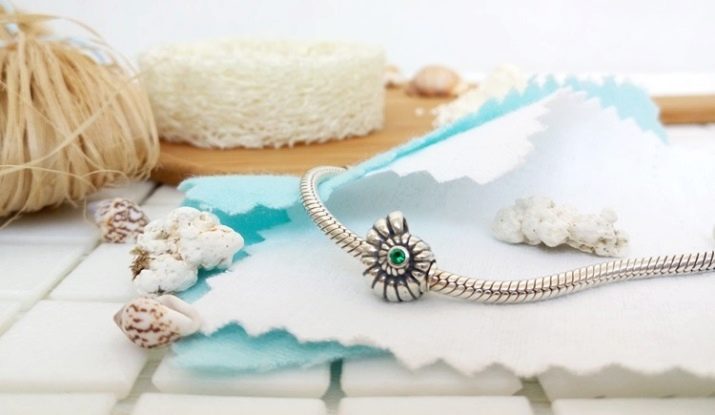
Types of fabrics required for silver care:
- flannel;
- suede leather;
- felt;
- microfiber.
Having purchased several pieces of these materials, you can thoroughly dry the product, avoiding streaks. Flannel known to everyone, modern microfiber or suede will be indispensable helpers in this process. Rubbing jewelry should be a daily routine for the evening after taking it off.
Ordinary felt will help to polish the product to that very original shine.

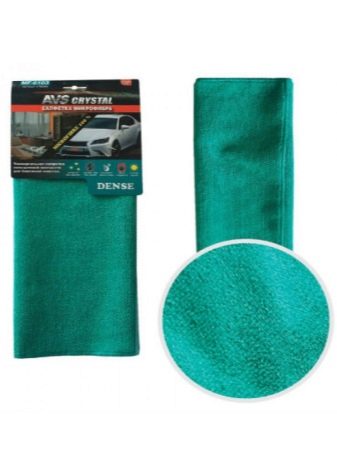
Please note that in the care of silver, modern and expensive means are absolutely not required, because all the materials will be found under the thrifty master's hand.
When you are serious about preserving the shine, it is important to prepare the right place to store your jewelry. A cramped box with a mass of products here will definitely be superfluous and even harmful.
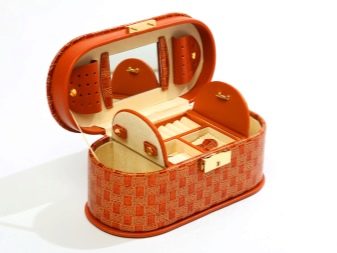

Comfortable environment for storing silver items:
- dry room;
- a sufficient distance of silver from the location of drugs containing sulfur;
- spacious storage, where each bracelet and ring has its own place, and they do not touch each other;
- distance from any cosmetic products;
- the upholstery of the box is soft and textured, preventing any minor scratches.
In addition, some silver lovers use the “passivation” service provided by specialists and jewelers to maintain their luster. In this case, a thoroughly cleaned product is immersed in potassium dichromate for a certain time. The resulting thin film perfectly protects any product from darkening and scratches.
Knowing all the subtleties of care and prevention of darkening of silver, it is difficult to call it a capricious metal. All cleaning methods are as simple as possible, and the effect is always positive.


What other means can be used to clean silver jewelry? The hint is covered in the next video.








